Imagine that your community has lived on the same land for as long as anyone can remember, and as far back as anyone’s stories go. Your community never gave up that land.
How would you react if today, you saw this land being parceled off and sold? Would you resign to the idea that everything your community was built on will eventually be taken away, or would you resist?
This isn’t a theoretical story. The Haudenosaunee have lived across southern Ontario for time immemorial. In 1784, a treaty was signed by the British Crown that promised the Haudenosaunee six miles on either side of the Grand River, from its mouth to Lake Erie. It was partly a thank-you for the help offered to the Crown by the Haudenosaunee people during the American revolutionary war.
Called the Haldimand Treaty, it was signed at the Château St-Louis, the residence for the governor of New France and then the British Crown representative. Parts of Château St-Louis still exist today, mostly hidden underneath the Dufferin Terrace, the famous boardwalk that runs alongside the Château Frontenac, Quebec City’s most iconic building.
While parts of the structure of that building are still around, the Haldimand Treaty has long since been violated: first in 1798, and then over and over ever since.
Settlers’ constant pursuit of buying land, turning land into housing, generating incredible wealth for developers, building expensive though claptrap housing for families who have enough generational wealth to purchase a new home and expanding permanent settlements, has reduced the original tract from 950,000 acres to about 48,000.
This is the backdrop to the recent land reclamation struggle that Six Nations of the Grand activists are engaged in near Caledonia, Ont. In July, land defenders set up a blockade to prevent the construction of 218 houses on the nearly 25-acre lot. Defenders at the camp — which has been called 1492 Land Back Lane — have faced harassment from some Caledonia residents, and at least nine were arrested by the Ontario Provincial Police (OPP) on August 5.
An injunction filed by Haldimand County has given the OPP cover to dismantle the protest site. Last Tuesday, 1492 Land Back Lane announced they’d been told by the OPP that the police force will enforce the injunction, and that land defenders “expect violent enforcement to occur within the next few days.”
APTN reported that Six Nations elected chief Mark Hill has “urged people to listen to the land defenders and understand the historical underpinnings of the conflict.” The defenders assert that the Haudenosaunee have never given up this land. Solidarity actions and blockades have now been organized in communities across Southern Ontario.
Foxgate Development — co-owned by Losani Homes and Ballantry Homes — purchased the lots in question in 2015. Losani Homes has made a lot of money developing land within the Haldimond tract: They have built settlements in Brantford, Kitchener-Waterloo and Paris, and are planning one more in Paris, in addition to the one at Caledonia.
Losani Homes was started by John Losani, an Italian who immigrated to Canada in 1960, and his son Lino. The current CEO, Fred, was given full partnership in the company in 1985, when he was 22. The Losanis are wealthy philanthropists and limited-time Liberal Party donors. (Interesting only because of the current news, the Losanis have done charity work with Craig and Marc Kielburger’s WE Charity. Fred told BuzzBuzzHome’s Livabl_ blog, “Our family vacation is laying blocks in Kenya, or laying blocks in Ecuador, and my kids would have it no other way.”)
Ballantry Homes is based in Markham, Ont. Its founder, David Hill, had help earlier in his career from his father, a realtor the Toronto Star called “legendary.” Like Losani Homes, Ballantry’s properties are concentrated in Southern Ontario.
Canada’s existence has always relied on expansionism: develop more settlements and make it harder for communities who have lived on the land forever to get some of it back. Developers like Ballantry and Losani Homes are the new army of current expansionist policy. They’re companies built off intergenerational wealth transfer, both literally and through homeownership, so much of which relies on inheritance for that first big purchase.
But intergenerational wealth accumulation is apparently only a benefit to be enjoyed by white Canadians. Haudenosaunee land defenders at Six Nations of the Grand, meanwhile, face harassment, racism, militarized policing and court injections as they assert their right to control land that had been long ago committed to them, despite being bought and sold from under their feet.
Settlement and expansion are at the core of Canadian identity. Every new housing development that features a billboard of a beautiful family on the cusp of starting their new lives in a home that still smells like paint tells onlookers: This could be your new home. Your new place to put down roots; to finally belong.
But roots are already under the soil, even if some of the trees have been cut down. They’re the roots of nations, languages, villages and communities. Houses built on top can’t remove these roots.
The only path toward justice in Canada starts with an end to our seemingly limitless settlement expansion. We need to reject the narrative that the land that makes up Canada has ever been empty, and support Indigenous land defenders however we can.


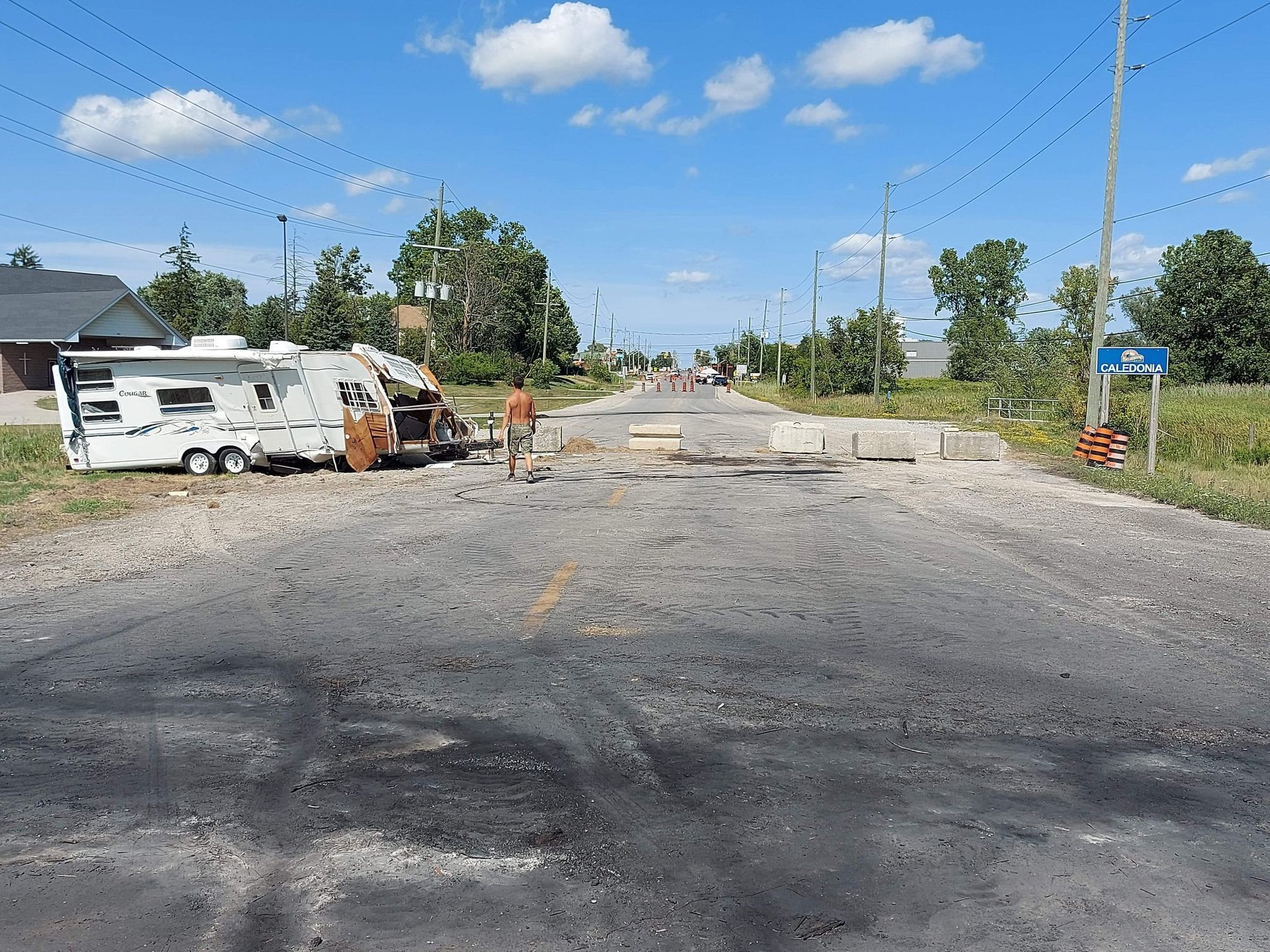

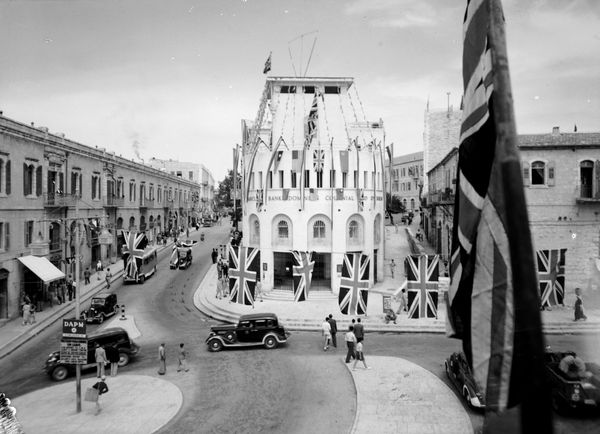
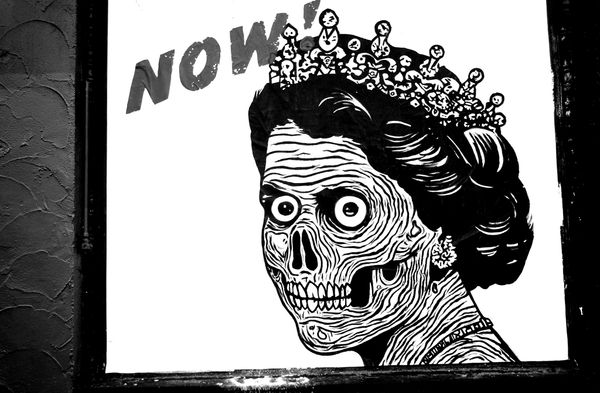
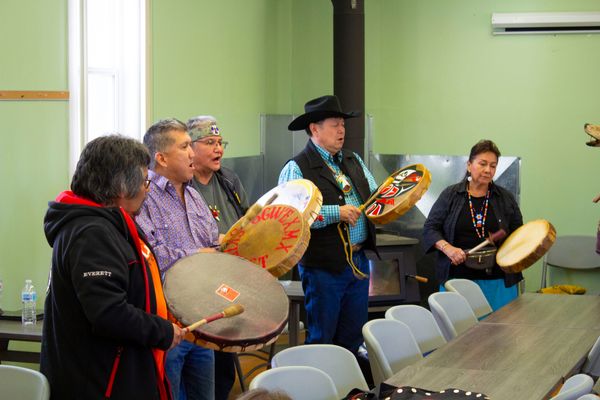
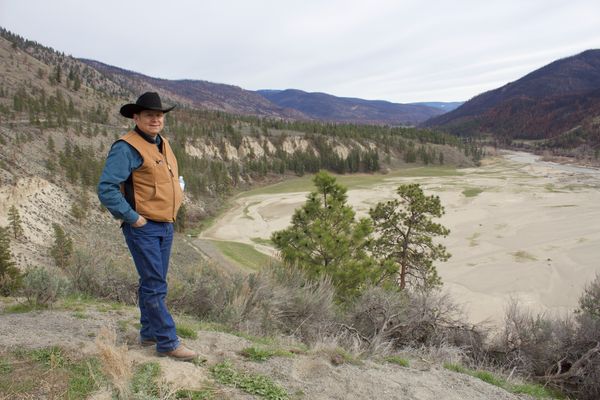
Member discussion